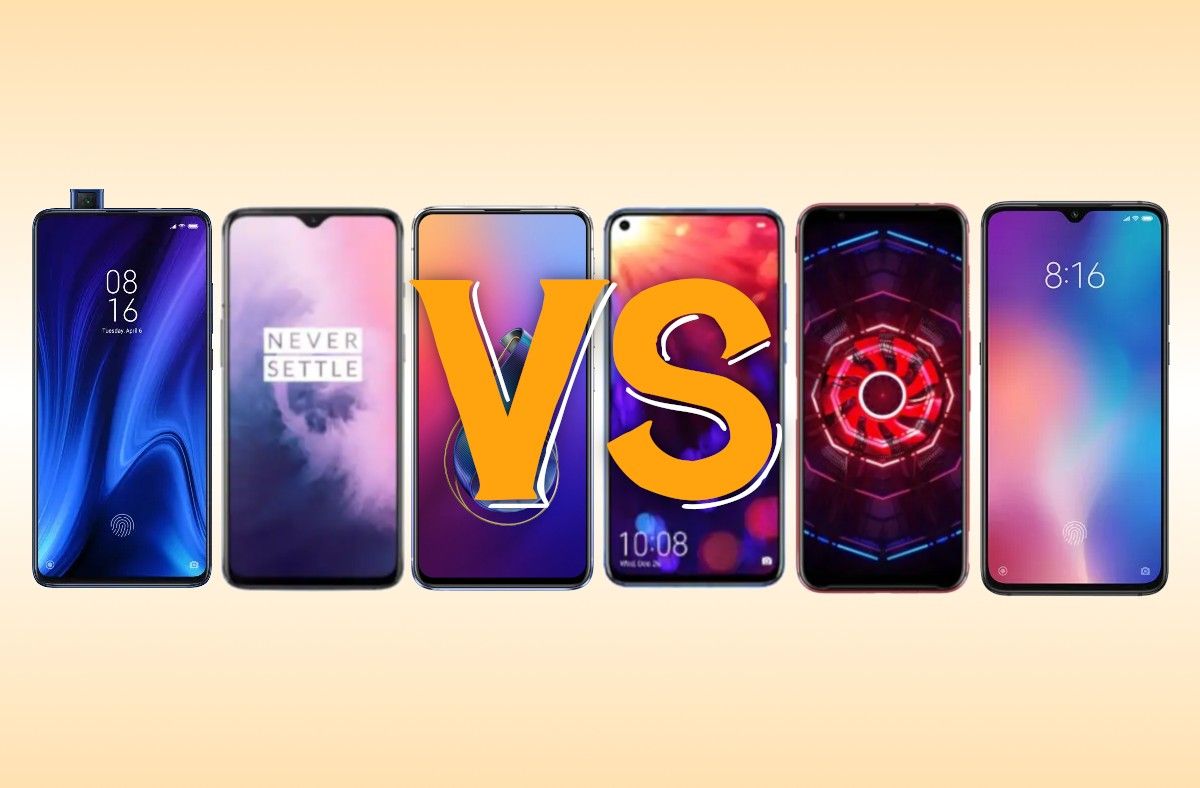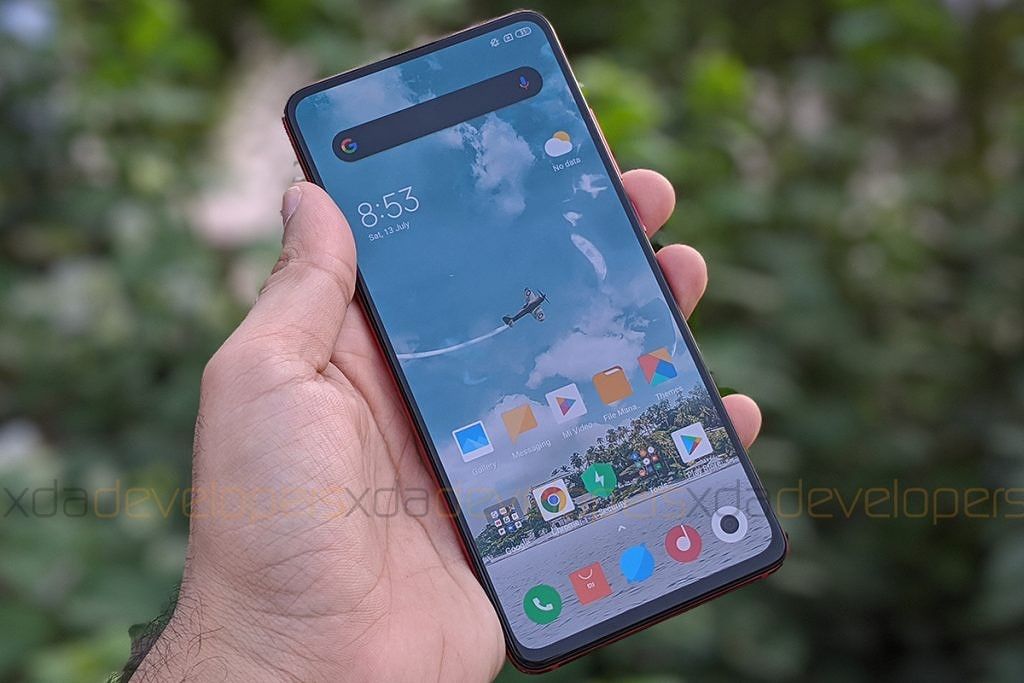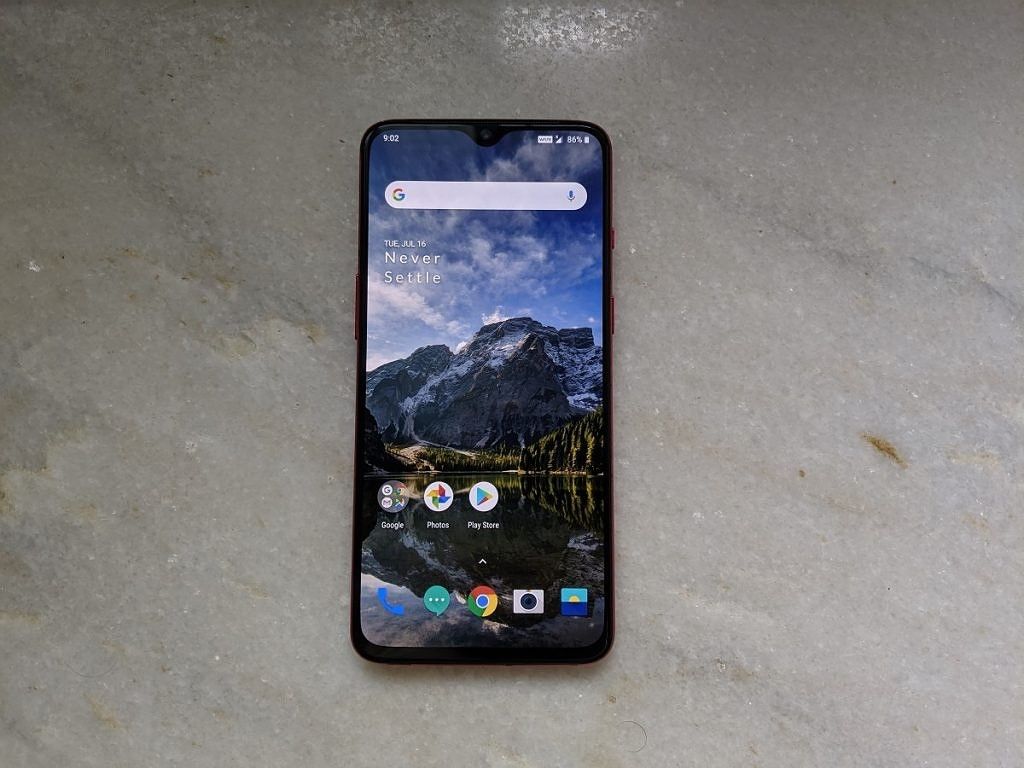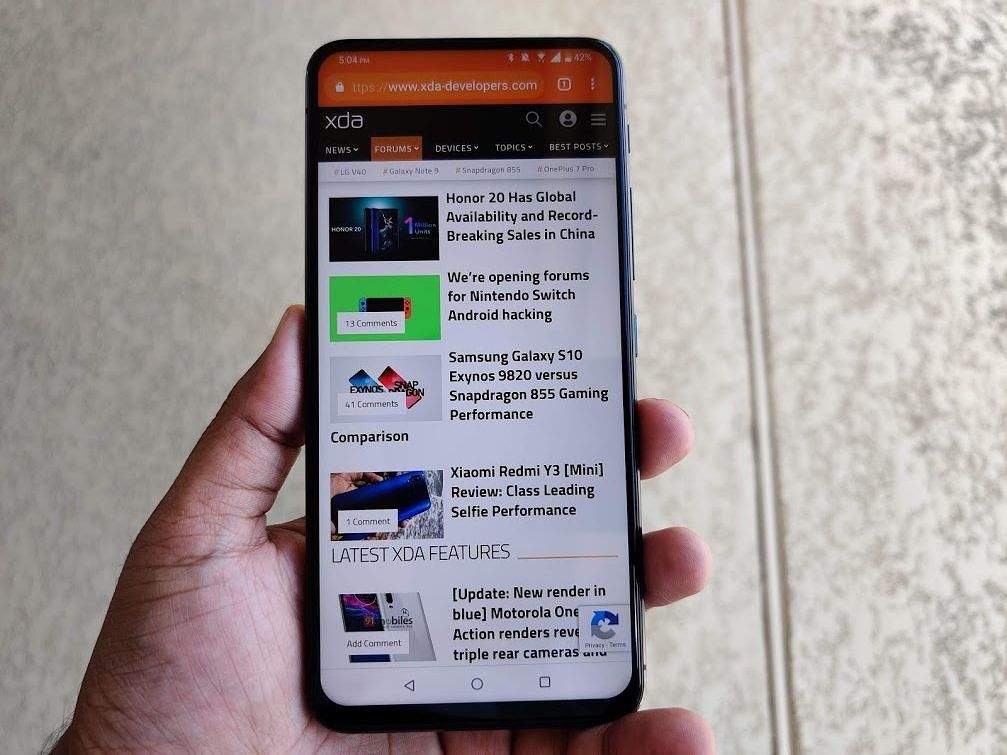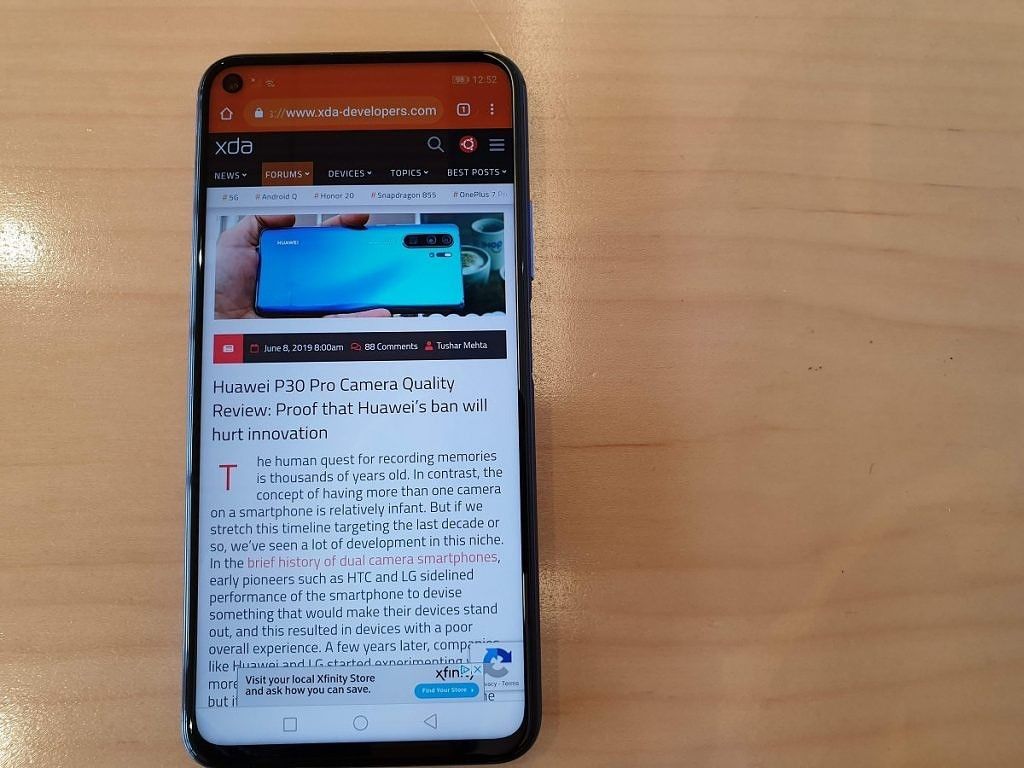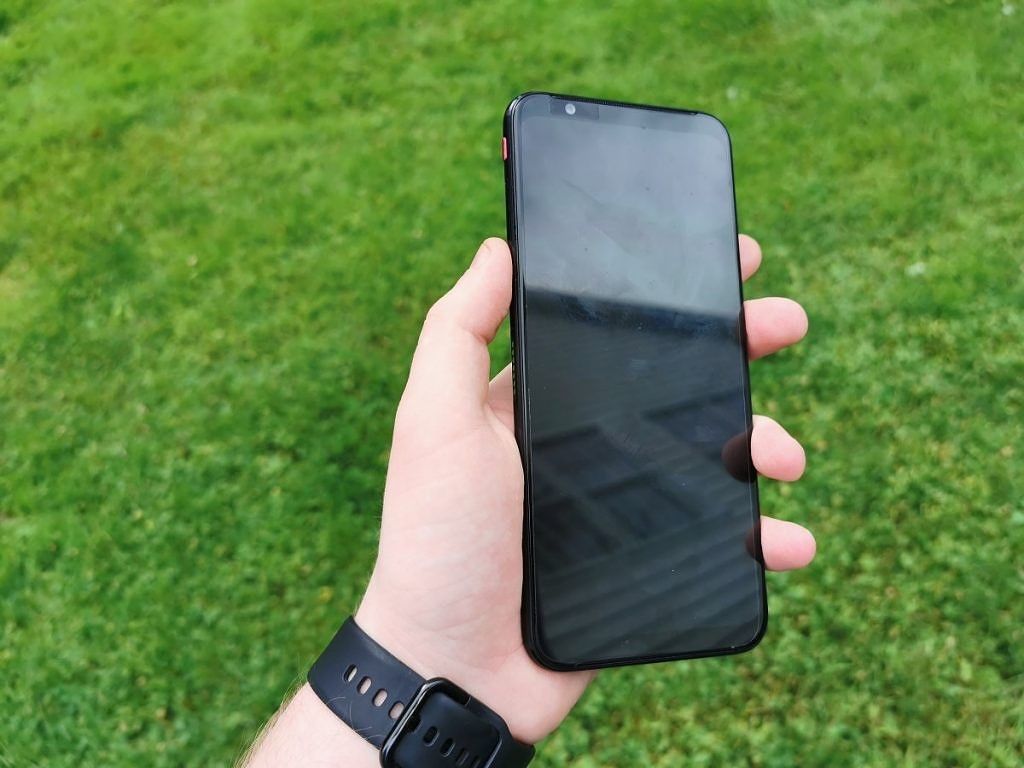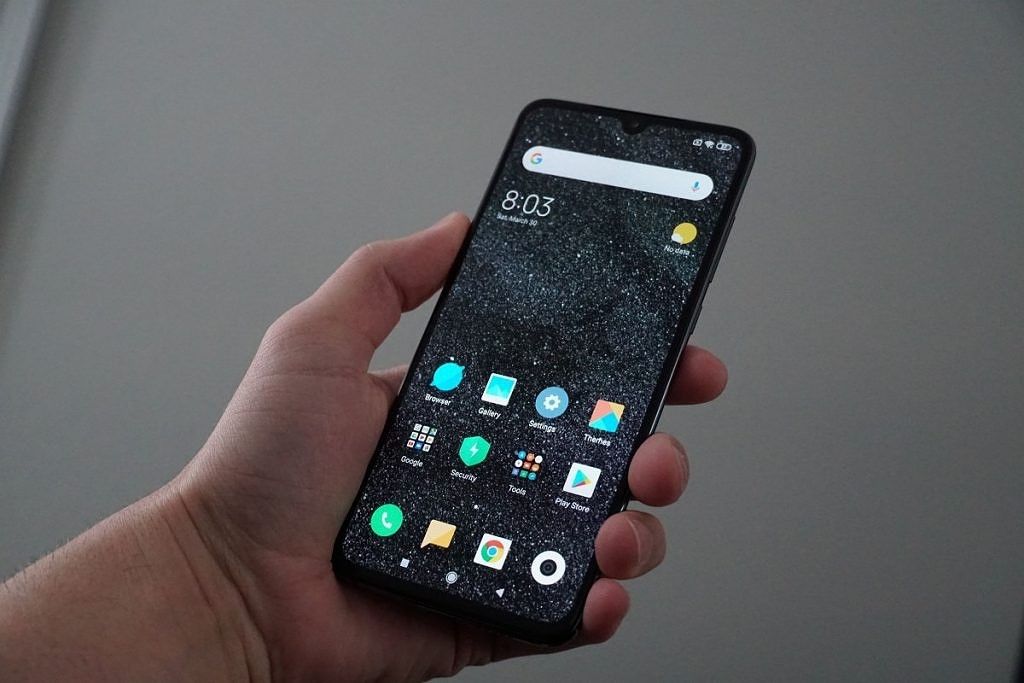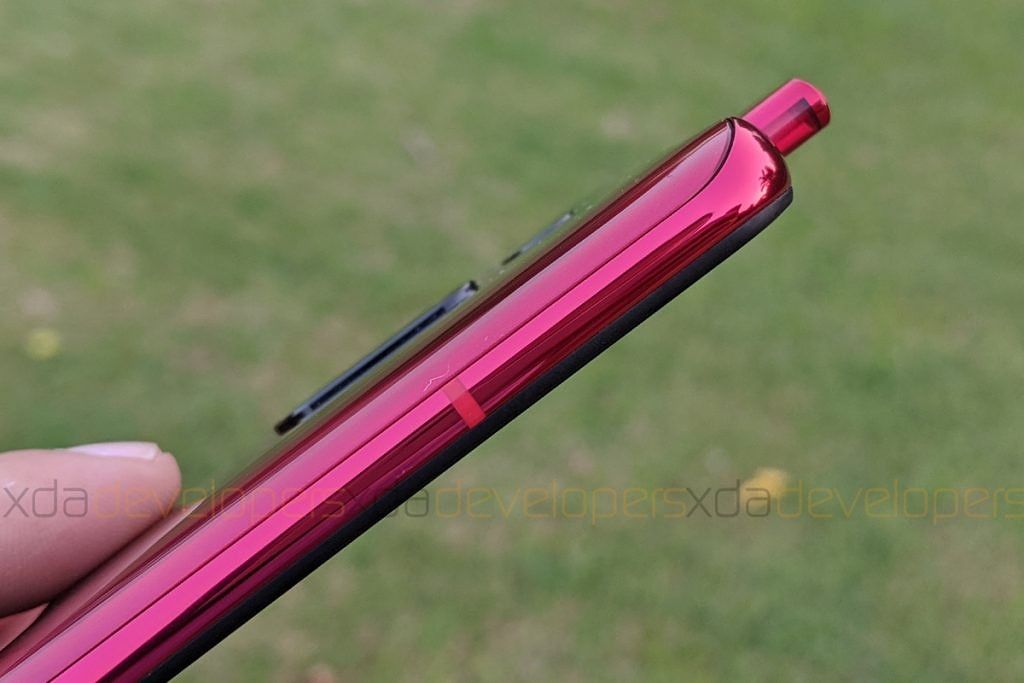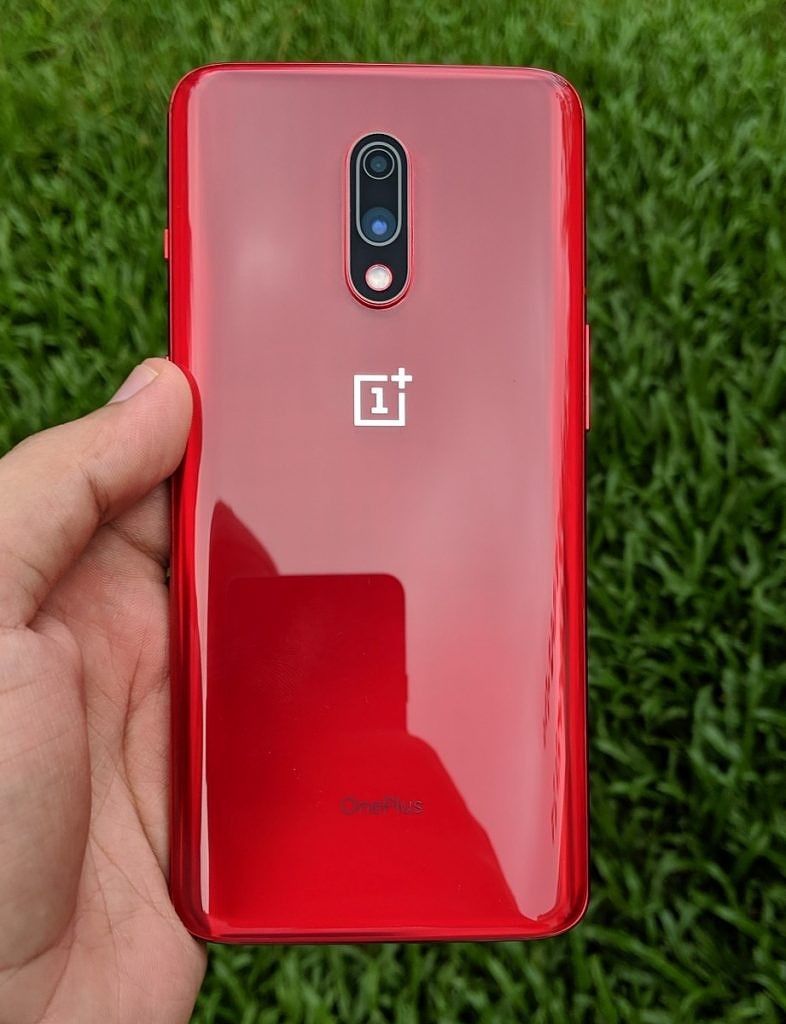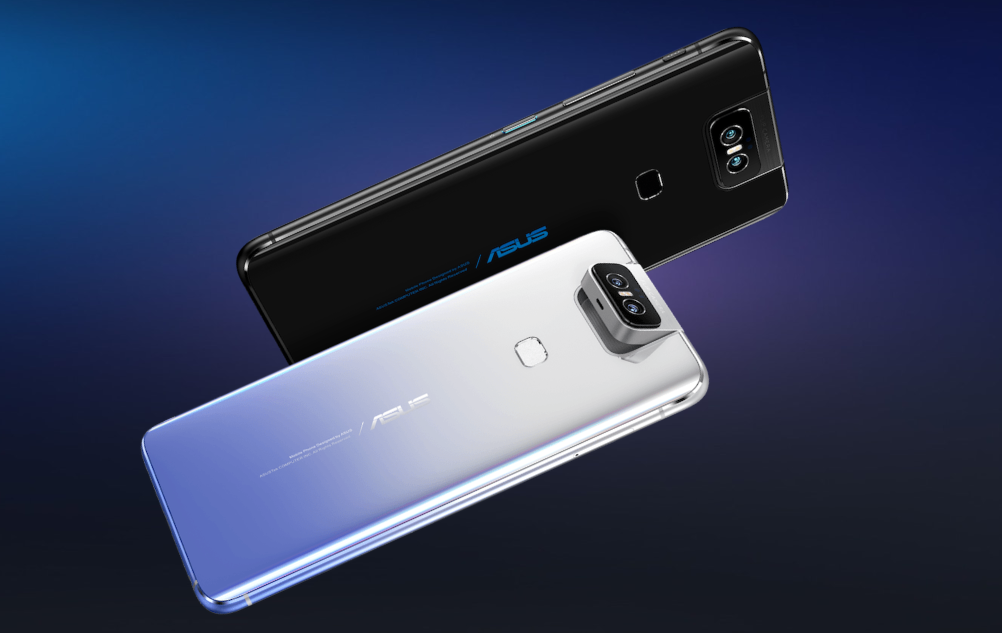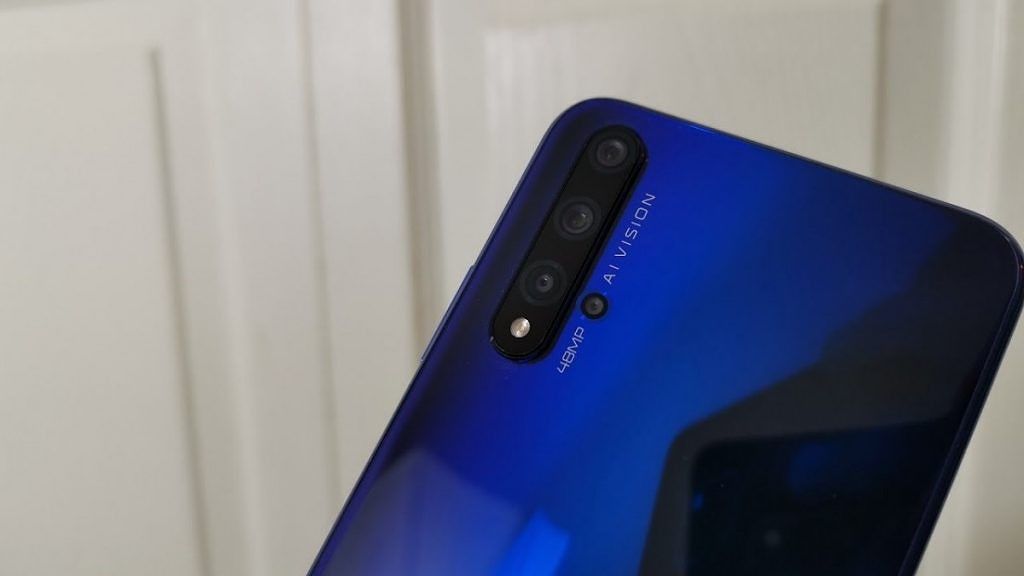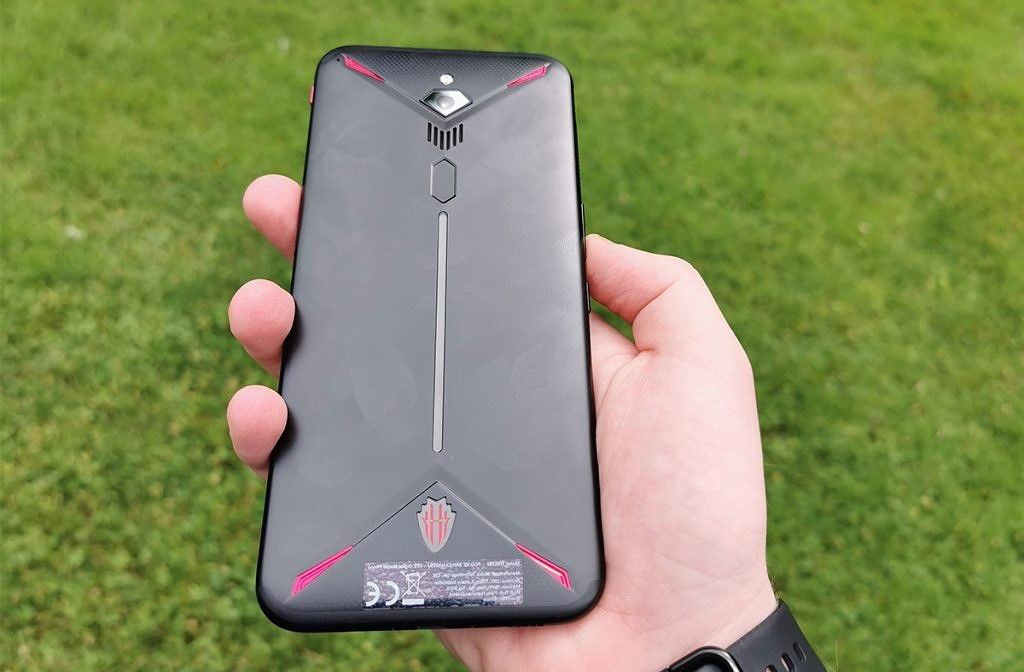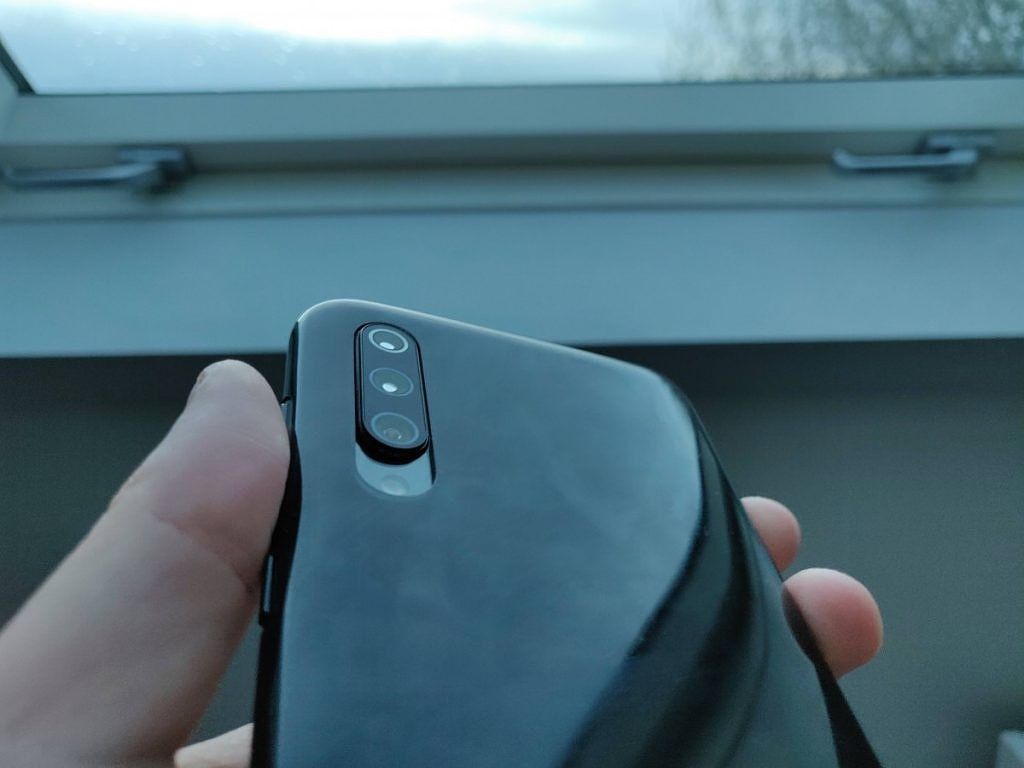So far, 2019 has seen no shortage of excellent affordable flagships. The ASUS Zenfone 6, the OnePlus 7, the Honor 20, and the Xiaomi Mi 9 are all excellent smartphones in their own right, but which one is the best for you? In this article, we're going to talk about each of these devices on their own merits, in order to help you decide which to purchase. All of these phones have the latest flagship chipsets from their respective providers. The Zenfone 6, OnePlus 7, Mi 9, Red Magic 3, and K20 Pro all have the Snapdragon 855, while the Honor 20 has the Kirin 980. Because of that, their performance should be equal. So it's important to look at other aspects of each of these devices to differentiate. You can also check out our reviews and first impressions of each of those devices to get a more in-depth look at each of them individually.
Specifications at a glance
|
Display |
|
|
|
|
|
|
|
System-on-chip |
Qualcomm Snapdragon 855 with Adreno 640 GPU |
Qualcomm Snapdragon 855 with Adreno 640 GPU |
Qualcomm Snapdragon 855 with Adreno 640 GPU |
HiSilicon Kirin 980 with Mali-G76 MP10 GPU |
Qualcomm Snapdragon 855 with Adreno 640 GPU |
Qualcomm Snapdragon 855 with Adreno 640 GPU |
|
RAM and Storage |
|
UFS 3.0 Dual-Lane |
|
|
|
|
|
Battery |
4,000 mAh |
3,700 mAh |
5,000 mAh |
3,750 mAh |
5,000 mAh |
3,300 mAh |
|
Rear Camera |
|
|
|
|
|
|
|
Front Camera |
20MP pop-up, f/2.2 |
16MP Sony IMX471, f/2.0, 1.0μm with EIS. |
Same as rear camera |
32MP, f/2.0 |
16MP, f/2.0 |
20MP, f/2.0 |
|
Android Version |
MIUI 10 based on Android 9 Pie |
Android 9 Pie-based OxygenOS |
ZenUI based on Android 9 Pie |
Magic UI 2.1 based on Android 9 Pie |
Redmagic 2.0 based on Android 9 Pie |
MIUI 10 based on Android 9 Pie |
Display
One of the most important aspects of any given smartphone is the display, so it only makes sense to focus on it first. It's the very way in which you interact with your device. Because of that, you definitely want a nice display, or at least a serviceable one if the rest of the device is good enough.
Redmi K20 Pro
The Redmi K20 Pro made waves when it was announced, with the company pitching it as a direct OnePlus 7 Pro contender for half the price. A bezel-less 6.39-inch AMOLED panel and a pop-up camera poise the Redmi K20 Pro's display as a solid contender against the competition.
OnePlus 7
The OnePlus 7's display is almost identical to the OnePlus 6T's, except that it has HDR10 certification, a step below HDR10+ on the OnePlus 7 Pro. Netflix says that the OnePlus 7 can stream and play HDR10 content, although the OnePlus 7 does not appear on the HDR10+ certification list. That means that you get a 6.41-inch 1080p AMOLED panel, although with a waterdrop notch impeding the display at the top center. If notches aren't your thing, OxygenOS has an option to black out the status bar in order to hide its appearance, although some may prefer a notchless experience. HDR10+ is a step above HDR10, and you can read more about that here.
ASUS Zenfone 6 Display
The ASUS Zenfone 6 features an IPS LCD instead of an AMOLED panel. For some people, that may already knock it out of the race to be their next flagship. If you can look past that, you'll be getting a 6.4-inch 1080p uninterrupted display, as the Zenfone 6 features a rather novel way to include a selfie camera without a notch. Instead of a notch or a pop-up, the ASUS Zenfone 6 has the back camera flip around to face the front, so at all times you can have an uninterrupted and bezel-less experience. The Zenfone 6 panel is also HDR10 compliant.
Honor 20
The Honor 20 is the other 1080p IPS LCD panel in this group of smartphones, coming in at 6.26-inches and an aspect ratio of 19.5:9. A polarizing feature of the Honor 20 is its camera cut out - some prefer it to a notch, others despise it even more. If you don't mind a camera cut out, you'll enjoy the slim bezels on all sides of the device that come as a result.
Red Magic 3
The Red Magic 3 is the ultimate smartphone for a mobile gamer. It has just enough bezels on both the top and bottom so that your palms don't touch the massive 6.65-inch AMOLED screen while you're playing games. This particular device has another perk over all of its competitors - native support for 90Hz that results in extra smoothness throughout the UI and supported games.
Xiaomi Mi 9
The Xiaomi Mi 9 is an interesting one for a bundle of reasons. Not only was there an update which changed the shape of the notch to a waterdrop, but there's actually a mod you can install that will boost your screen's refresh rate to 84Hz - astonishingly close to the Red Magic 3's 90Hz. It isn't known how safe the mod is, but enabling it for your favorite games and disabling it later shouldn't cause too much damage. The Xiaomi Mi 9 has a 6.39-inch AMOLED panel.
Performance
All devices on this list are capable of greatness when it comes to performance, given that they all have flagship chipsets inside of them. Still, some may excel more than others. For example, the Kirin 980 in the Honor 20 has a considerably less powerful GPU than the Adreno 640 in its competitors on this list. All of these phones have a more than respectable amount of RAM, fast storage, and great processing power. The OnePlus 7 actually has a leg up over the others in this list thanks to its UFS 3.0 storage speed, though the noticeable difference should be minimal.
All in all, each and every one of the phones on this list is well capable of playing the latest games, browsing social media, and switching between the two to your heart's content. You can't go wrong with any of these phones if what you're after is flagship performance.
Camera
The camera(s) is where these devices will differ greatly, and if you consider yourself a regular mobile photographer, it's something that you'll want to keep an eye out for.
Redmi K20 Pro
The Redmi K20 Pro is the only device on this list to sport a pop-up camera, coming in at 20MP f/2.2. It features a triple camera setup on the back, composed of the ever-popular 48MP f/1.8 sensor, an 8MP telephoto lens, and a 12MP ultra-wide-angle lens. It's an extremely versatile camera setup, and Xiaomi has decent cameras even if they aren't the best on the market. You can check out some camera samples in our review, where you will see that it is a highly capable shooter.
OnePlus 7
The OnePlus 7 is an interesting one, as it sports the same camera software as the OnePlus 7 Pro, and the same primary sensor. That means you get a 48MP f/1.7 primary sensor, but with a 5MP depth sensor to boot. It takes decent photos too, which you can also check out some samples of in our review. It has some issues, but it's overall very capable at this price point.
ASUS Zenfone 6
The ASUS Zenfone 6's back cameras flip around and face the front when you want to take a selfie. As a result, both the front and back cameras are composed of two sensors - a 48MP f/1.8 lens and a 13MP ultrawide lens. Ultrawide cameras are great for landscape shots, but they're also fantastic for selfies with large groups of people.
Honor 20
Honor being a subsidiary of Huawei means that we expect great photographs, but sadly that's not really the case with this budget flagship. The Honor View 20 sports the exact same camera composition yet takes significantly better photographs, so we're holding out hope that a future update will bring it to the heights we know it can achieve. You can check out some camera samples in our review here.
Red Magic 3
To be frank, the Red Magic 3 is not the phone you want if you are after a decent camera. There's one single 48MP f/1.7 sensor on the back, with no other fancy auxiliary cameras. You can see some camera samples in our review in order to get an idea of what exactly it is you're getting from this device.
Xiaomi Mi 9
The Xiaomi Mi 9 has a similar camera setup to the Redmi K20 - a triple camera setup on the back, composed of a 48MP f/1.8 sensor, an 8MP telephoto lens, and a 12MP ultra-wide-angle lens. It's probably one of the best devices on this list when it comes to cameras, and you can check out some sample shots in our review.
Software
Redmi K20 Pro and the Xiaomi Mi 9
I've grouped both of these devices together, as they ultimately run the exact same software. You get the latest version of MIUI on both of these smartphones, which is chock full of features. MIUI certainly has its issues, but the company has worked hard to improve it with updates. It's a huge departure from stock Android though. In our review of the Xiaomi Mi 9, we go in-depth over some of MIUI's best features.
OnePlus 7
The regular OnePlus 7 features the same software package as the OnePlus 7 Pro. If you think of stock Android with some small changes on top and some useful features to boot, you've arrived at OxygenOS. It's fast, it's smooth, and there's little bloat. There's really not a whole lot to complain about, except for the fact that depending on the phone you come from, you may find it lacking features.
ASUS Zenfone 6
Originally touted as very close to AOSP, ZenUI 6.0 on the ASUS Zenfone 6 is really anything but. Filled to the brim with useful features, it falls short of greatness thanks to its gestures. ZenUI's gestures are the same as One UI's, but features like one-handed mode, screen recording, AudioWizard, and system-wide dark mode make it a strong contender for the best.
Honor 20
EMUI (Magic UI on Honor devices) has everything but the kitchen sink, although it's certainly not the best around. If features are what you're after, you can't go wrong with EMUI, although some can be hard to find. It may certainly look and feel bloated, although you can get a better sense of what to expect from Mishaal Rahman's massive review of EMUI as a whole.
Red Magic 3
Sans gaming mode and a couple of other small features, the Red Magic 3's software experience is very close to stock Android's. The default launcher is based on the AOSP launcher, and other apps like Contacts, Phone, Calculator, and Messages are from AOSP as well. This is a gaming phone through and through, so Nubia has opted not to add any non-gaming related features so far.
Battery
While battery life is one of the most important aspects of a smartphone, it's hard to make sweeping statements based on the included battery size only. Hardware efficiency and software optimizations matter just as much, although it's sometimes possible to make an educated guess.
Redmi K20 Pro
The Redmi K20 Pro touts a 4,000 mAh battery, a bit above the average when pitted against other devices on this list. MIUI is also known for taking an aggressive stance on currently running applications, meaning that you should, in theory, have pretty good battery life. Tushar Mehta who has the device and published his first impressions found that so far, the battery life is stellar. You also get support for Qualcomm QC4+, which can charge at 27W.
OnePlus 7
A 3,700 mAh battery means that you should expect similar battery life to the OnePlus 6T, possibly slightly better given the more efficient chipset. Idrees Patel in his review said it best - "Battery life is great, but it could have been even better." A strong contender, but likely not the best on this list if longevity is what you're after. The OnePlus 7 also only has regular, proprietary OnePlus fast charging, which comes in at 20W.
ASUS Zenfone 6
Likely to be the king of battery in general-purpose phones, the ASUS Zenfone 6 packs an absolutely massive 5,000 mAh battery. There's not a whole lot to say here, other than that with the latest Qualcomm chipset, you really can't expect anything short of fantastic battery life when it comes to the Zenfone 6.
Honor 20
The Honor 20 comes equipped with a 3,750mAh battery, and it also features Honor's (Huawei's) aggressive battery management. That combination of high-capacity and aggressive software management is what helped to make the Huawei P30 Pro one of the best devices on the market for battery life, although at the cost of app killing. That hasn't changed here, as Zachary Wander's review found that the Honor 20 has incredible battery life. It charges quickly too, with a 22.5W charger in the box.
Red Magic 3
Tied with the ASUS Zenfone 6, the Red Magic 3 comes with a 5,000 mAh battery as well. Max Weinbach's review found that while it does have amazing battery life, that does kind of make sense for a phone marketed towards gamers - and gamers only. Regardless, if battery life is all you're after, you can't go wrong with either of these 5,000 mAh devices.
Xiaomi Mi 9
The Xiaomi Mi 9 is no slouch, despite its small battery at only 3,300 mAh. It can certainly hold its own in everyday usage, which I found to be the case in my review. When it does die as well, you can charge it up with a 27W QC4+ charger (sold separately), or a 20W wireless charging pad.
Miscellaneous
|
Redmi K20 Pro |
OnePlus 7 |
ASUS Zenfone 6 |
Honor 20 |
Red Magic 3 |
Xiaomi Mi 9 |
|
|---|---|---|---|---|---|---|
|
NFC |
✓ (except for Indian model) |
✓ |
✓ |
✓ |
✓ |
|
|
Headphone jack |
✓ |
✓ |
✓ |
|||
|
Expandable storage |
✓ |
|||||
|
OIS |
✓ |
|||||
|
IR Blaster |
✓ |
✓ |
||||
|
Unlockable Bootloader |
✓ |
✓ |
✓ |
✓ |
✓ |
Official Pricing
|
6GB + 64GB |
6GB + 128GB |
8GB + 128GB |
8GB + 256GB |
12GB + 256GB |
|
|---|---|---|---|---|---|
|
Redmi K20 Pro |
|
|
|||
|
OnePlus 7 |
|
|
|||
|
ASUS Zenfone 6 |
|
|
|
||
|
Honor 20 |
|
||||
|
Red Magic 3 |
|
|
|||
|
Xiaomi Mi 9 |
|
|
Redmi K20 Pro XDA Forums / OnePlus 7 XDA Forums / ASUS ZenFone 6 XDA Forums
Honor 20 XDA Forums / Red Magic 3 XDA Forums / Xiaomi Mi 9 XDA Forums

